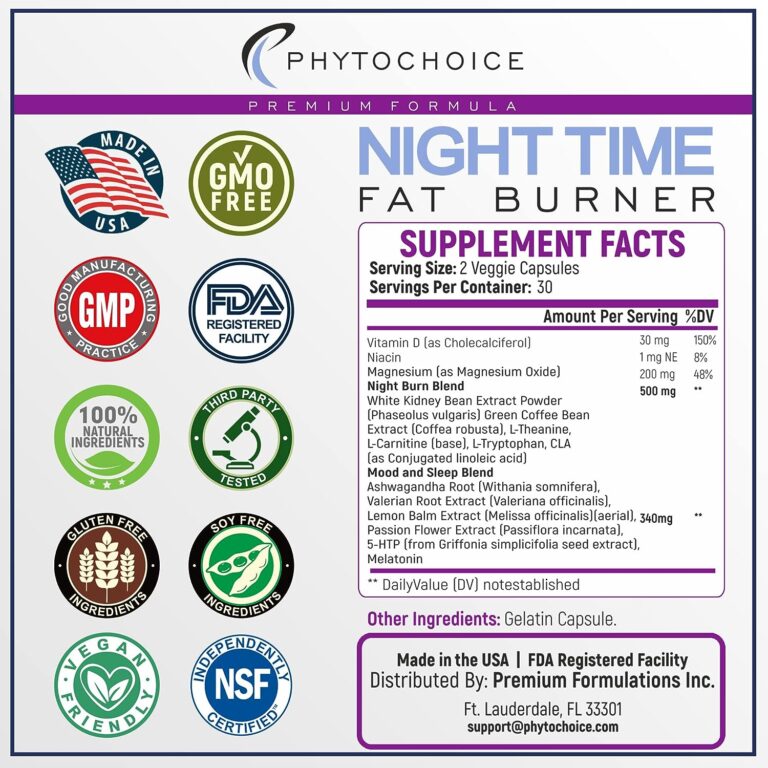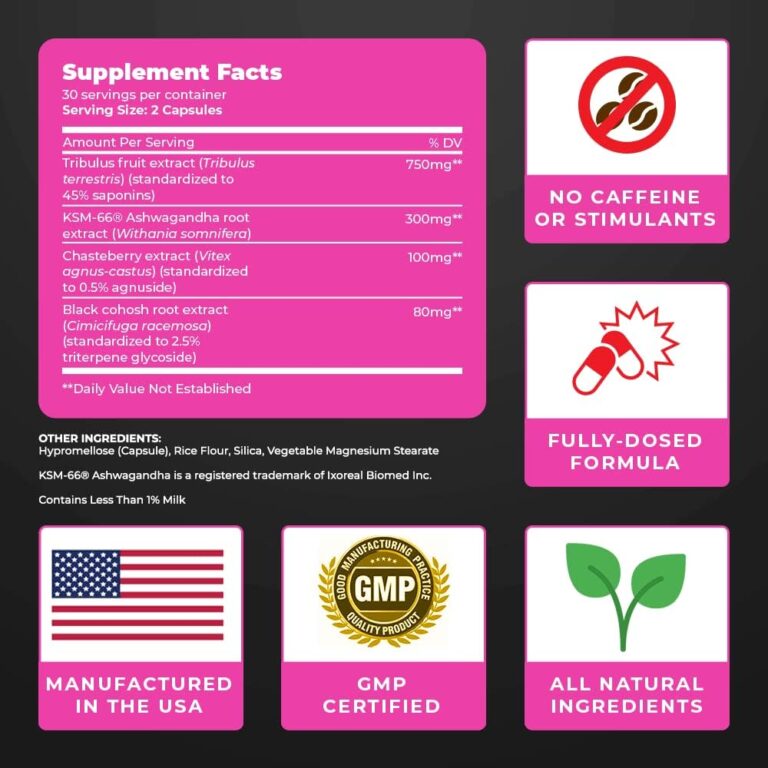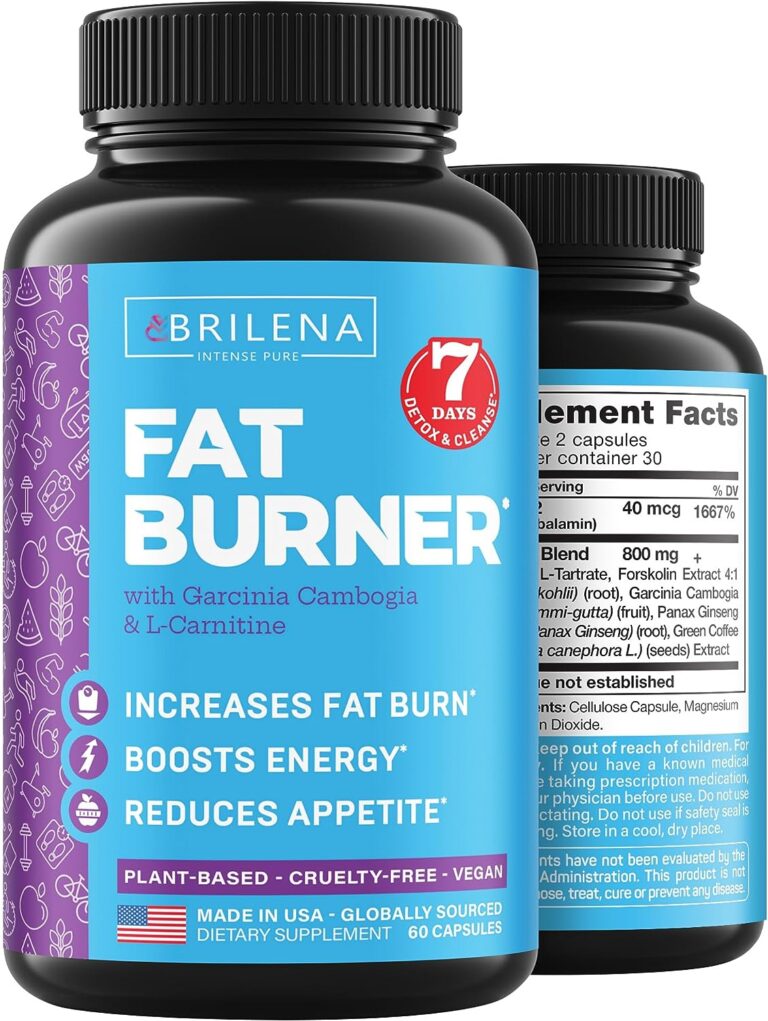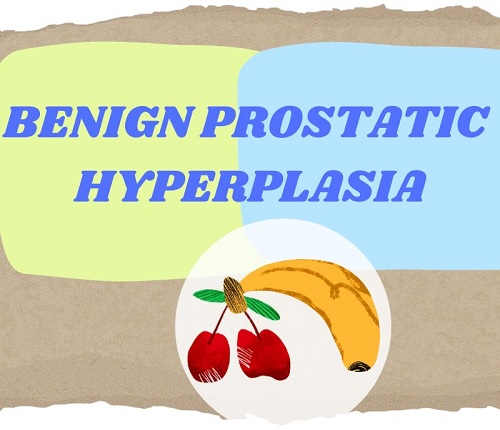The 9 Best Diets for Sustainable Weight Loss
Discover the nine best diets for sustainable weight loss in this comprehensive guide. From the Mediterranean Diet to Mindful Eating, find the perfect plan to achieve your goals. Combine with exercise for optimal results.
In the quest for sustainable weight loss, it can be overwhelming to navigate through countless diet plans and weight loss programs. Luckily, this article has done the heavy lifting for you, providing a comprehensive guide to the nine best diets for achieving your weight loss goals. From the well-known Mediterranean Diet and DASH Diet to innovative approaches like Mindful Eating and Flexitarianism, each diet is carefully analyzed for its effectiveness in shedding pounds and promoting overall health. Additionally, the article stresses the importance of combining a healthy diet with consistent exercise, while also highlighting the benefits of commercial weight loss programs like Weight Watchers and Noom. Whether you’re seeking a lifestyle change or a short-term fix, this article will give you the essential insights you need to kickstart your weight loss journey and keep the pounds off for good.
The Mediterranean Diet
Overview of the Mediterranean Diet
The Mediterranean Diet is a popular eating pattern inspired by the traditional diets of countries such as Greece, Italy, and Spain. This diet is known for its emphasis on whole foods, including fruits, vegetables, whole grains, legumes, nuts, and seeds. It also encourages the consumption of fish, poultry, and healthy fats, like olive oil. The Mediterranean Diet is low in processed foods, red meat, and added sugars, making it a nutrient-rich and balanced way of eating.
Benefits of the Mediterranean Diet for Weight Loss
The Mediterranean Diet has gained recognition for its numerous health benefits, including its potential for weight loss. This diet focuses on consuming predominantly plant-based foods, which are low in calories and high in fiber. The high fiber content helps to promote feelings of fullness, leading to reduced calorie intake. Additionally, the Mediterranean Diet includes healthy fats, like those found in olive oil and nuts, which can aid in weight loss by increasing satiety and improving overall diet satisfaction.
Key Components of the Mediterranean Diet
The key components of the Mediterranean Diet include:
- Abundant intake of fruits and vegetables: These provide essential vitamins, minerals, and fiber while being low in calories.
- Whole grains: Including foods like whole wheat bread, brown rice, and oats, which are high in fiber and can help control appetite.
- Healthy fats: Such as olive oil, nuts, and seeds, which provide important nutrients and help regulate hunger.
- Lean proteins: Including fish, poultry, and legumes, which are excellent sources of protein without excessive saturated fats.
- Moderate consumption of dairy products: Such as Greek yogurt and cheese, which provide calcium and protein in moderation.
- Limited intake of red meat: Reducing the consumption of red meat, which can be high in saturated fats and calories.
- Occasional consumption of red wine: In moderate amounts, red wine, especially with meals, is a traditional component of the Mediterranean Diet and may have health benefits.
Sample Mediterranean Diet Meal Plan
Here is a sample Mediterranean Diet meal plan for one day:
- Breakfast: Greek yogurt with mixed berries and a drizzle of honey, whole wheat toast with avocado.
- Snack: Handful of almonds and an apple.
- Lunch: Mediterranean salad with mixed greens, cucumbers, tomatoes, feta cheese, olives, and grilled chicken with olive oil and lemon dressing.
- Snack: Carrot sticks with hummus.
- Dinner: Baked salmon with roasted vegetables (such as zucchini, bell peppers, and onions) drizzled with olive oil and seasoned with herbs.
- Dessert: Greek yogurt with honey and a sprinkle of walnuts.
By following this sample meal plan, you can enjoy a variety of delicious and nutritious foods while reaping the benefits of the Mediterranean Diet.
The DASH Diet
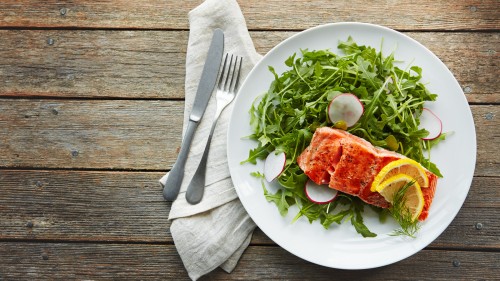
Overview of the DASH Diet
The DASH (Dietary Approaches to Stop Hypertension) Diet is a balanced eating plan designed to lower blood pressure. It is rich in fruits, vegetables, whole grains, lean proteins, and low-fat dairy products. The DASH Diet emphasizes reducing sodium intake and encourages portion control.
Benefits of the DASH Diet for Weight Loss
In addition to its ability to lower blood pressure, the DASH Diet offers significant benefits for weight loss. The diet promotes portion control and the consumption of nutrient-dense foods while limiting the intake of high-calorie and processed foods. By following the DASH Diet, individuals can create a calorie deficit, which is essential for weight loss.
Key Components of the DASH Diet
The key components of the DASH Diet include:
- Fruits and vegetables: These are rich in vitamins, minerals, and fiber, and should make up a significant portion of each meal.
- Whole grains: Including foods like whole wheat bread, brown rice, and oats, which provide sustained energy and are high in fiber.
- Lean proteins: Such as poultry, fish, and legumes, which are low in saturated fats and cholesterol.
- Low-fat dairy products: Including milk, yogurt, and cheese, which provide important nutrients like calcium.
- Nuts and seeds: These are excellent sources of healthy fats, fiber, and protein.
- Limited sodium intake: By reducing the consumption of sodium-rich foods, individuals can lower their blood pressure and reduce bloating.
- Moderate consumption of sweets and added sugars: Desserts and sugary beverages should be enjoyed in moderation.
Sample DASH Diet Meal Plan
Here is a sample DASH Diet meal plan for one day:
- Breakfast: Oatmeal topped with fresh berries and a sprinkle of chopped nuts, served with a glass of low-fat milk.
- Snack: Baby carrots with hummus.
- Lunch: Grilled chicken breast with a side of steamed vegetables and quinoa.
- Snack: Greek yogurt with a handful of walnuts.
- Dinner: Baked salmon with brown rice and a mixed green salad.
- Dessert: Fresh fruit salad with a dollop of Greek yogurt.
By following this sample meal plan, you can enjoy a wide variety of nutrient-dense foods while adhering to the principles of the DASH Diet, promoting weight loss and overall health.
Mindful Eating

What is Mindful Eating?
Mindful eating is an approach to eating that focuses on being fully present in the moment and paying attention to the sensations and emotions associated with eating. It involves being aware of your body’s hunger and fullness cues, as well as the tastes, textures, and smells of the food you eat.
How Mindful Eating Aids in Weight Loss
Mindful eating can aid in weight loss by helping individuals develop a healthier relationship with food. By savoring each bite and eating slowly, people can better recognize feelings of satisfaction and fullness, preventing overeating. Mindful eating also encourages individuals to choose foods that nourish their bodies and satisfy their cravings, rather than turning to food for emotional comfort or as a result of external cues.
Practical Tips for Practicing Mindful Eating
To incorporate mindful eating into your lifestyle, consider these practical tips:
- Eat slowly: Take your time to chew your food thoroughly and savor each bite.
- Eliminate distractions: Turn off the TV, put away your phone, and focus solely on the act of eating.
- Listen to your body: Pay attention to your hunger and fullness cues, and eat until you are satisfied, not stuffed.
- Engage your senses: Take note of the flavors, textures, and smells of your food.
- Practice gratitude: Appreciate the nourishment and enjoyment that comes from eating.
- Choose whole, unprocessed foods: Opt for foods that are rich in nutrients and support your overall health.
- Honor your cravings: Allow yourself to enjoy your favorite foods in moderation, without guilt.
By incorporating these mindful eating practices into your daily routine, you can cultivate a healthier relationship with food and support your weight loss goals.
The Flexitarian Diet
Overview of the Flexitarian Diet
The Flexitarian Diet is a flexible eating plan that encourages individuals to consume mostly plant-based foods while allowing for occasional consumption of animal products. This diet combines the benefits of vegetarianism with the flexibility of occasional meat or fish consumption.

Benefits of the Flexitarian Diet for Weight Loss
The Flexitarian Diet offers numerous benefits for weight loss. By focusing on plant-based foods, like fruits, vegetables, whole grains, legumes, and plant-based proteins, individuals can consume fewer calories while benefiting from the high fiber content. The diet is also rich in nutrients and antioxidants, supporting overall health and wellbeing.
Key Components of the Flexitarian Diet
The key components of the Flexitarian Diet include:
- Emphasis on plant-based foods: The majority of your meals should consist of fruits, vegetables, whole grains, legumes, and plant-based proteins.
- Occasional meat or fish consumption: Flexitarians can enjoy small amounts of meat or fish if desired, but they should not be the main focus of the meal.
- Plant-based protein sources: Include foods like tofu, tempeh, beans, lentils, and quinoa to meet your protein needs.
- Limited intake of processed foods: Minimize the consumption of processed and highly refined foods, which tend to be high in calories and low in nutrients.
- Mindful portion control: Be mindful of portion sizes and eat until satisfied, rather than overeating.
- Regular physical activity: Engage in regular exercise to support weight loss and overall health.
Sample Flexitarian Diet Meal Plan
Here is a sample Flexitarian Diet meal plan for one day:
- Breakfast: Overnight oats made with almond milk, topped with berries and a sprinkle of almonds.
- Snack: Carrot sticks with hummus.
- Lunch: Quinoa salad with mixed vegetables, chickpeas, and a drizzle of olive oil and lemon dressing.
- Snack: Handful of mixed nuts and seeds.
- Dinner: Stir-fried tofu with mixed vegetables and brown rice.
- Dessert: Dark chocolate squares with a cup of herbal tea.
By following this sample meal plan, you can experience the benefits of a mainly plant-based diet while still allowing flexibility to include small amounts of meat or fish if desired.
The Plant-Based Diet
Overview of the Plant-Based Diet
The Plant-Based Diet is a way of eating that focuses on consuming foods derived from plants, including fruits, vegetables, whole grains, legumes, nuts, and seeds. This diet excludes or minimizes the consumption of animal products, such as meat, poultry, fish, dairy, and eggs.
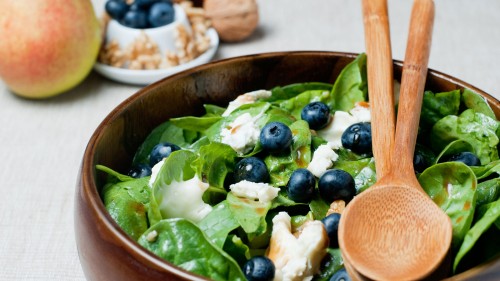
Benefits of the Plant-Based Diet for Weight Loss
The Plant-Based Diet offers numerous benefits for weight loss. By focusing on whole, plant-based foods, individuals can reduce their overall calorie intake while benefiting from the high fiber content of these foods. The diet is also rich in vitamins, minerals, and antioxidants, promoting overall health and supporting sustainable weight loss.
Key Components of the Plant-Based Diet
The key components of the Plant-Based Diet include:
- Abundant intake of fruits and vegetables: These provide essential vitamins, minerals, and fiber while being low in calories.
- Whole grains: Including foods like brown rice, quinoa, and whole wheat bread, which are high in fiber and can help control appetite.
- Legumes: Including beans, lentils, and chickpeas, which are excellent sources of plant-based protein and fiber.
- Nuts and seeds: These provide healthy fats, protein, and important nutrients.
- Plant-based protein sources: Including tofu, tempeh, and seitan, which can be used as alternatives to animal protein.
- Limited intake of processed foods: Limiting the consumption of processed and highly refined foods, which tend to be high in calories and low in nutrients.
Sample Plant-Based Diet Meal Plan
Here is a sample Plant-Based Diet meal plan for one day:
- Breakfast: A smoothie made with almond milk, spinach, bananas, and a scoop of plant-based protein powder.
- Snack: Sliced bell peppers with hummus.
- Lunch: Quinoa and black bean burrito bowl with roasted vegetables and guacamole.
- Snack: Handful of trail mix.
- Dinner: Stir-fried vegetables with tofu and brown rice.
- Dessert: Fresh fruit salad with a drizzle of honey.
By following this sample meal plan, you can enjoy a wide variety of delicious and nutrient-dense plant-based foods while supporting your weight loss goals.
Weight Watchers
How Weight Watchers Works
Weight Watchers is a renowned commercial weight loss program that offers a science-based approach to healthy eating. It uses a points system that assigns values to different foods based on their nutritional content. The program encourages members to make healthier food choices and adopt lifestyle habits that support their weight loss goals.

Success Stories and Weight Loss Results
Weight Watchers has a long history of success stories and positive weight loss results. Many individuals have achieved sustainable weight loss by following the program’s guidelines, attending meetings or using the digital platform, tracking their food intake, engaging in physical activity, and receiving support from fellow members and trained coaches.
Key Components of the Weight Watchers Program
The key components of the Weight Watchers program include:
- SmartPoints system: Foods are assigned a points value based on calories, saturated fats, sugars, and protein. Members are given a daily SmartPoints budget to stay within.
- ZeroPoint foods: Certain foods, such as fruits, vegetables, and lean proteins, have zero SmartPoints value, encouraging their consumption in unlimited quantities.
- Support and accountability: Members can attend weekly meetings or join online communities to receive support from fellow members and trained coaches.
- Physical activity: The program emphasizes the importance of regular physical activity and provides tools and resources to support members in their fitness journey.
- Behavior change techniques: Weight Watchers incorporates behavior change techniques to help members develop healthier habits and mindset around food and exercise.
Weight Watchers offers a well-rounded approach to weight loss, combining nutrition education, support, and accountability to help individuals achieve their goals.
Noom
What is Noom?
Noom is a popular mobile app-based weight loss program that focuses on behavior change and sustainable habits for long-term weight loss. The program combines personalized coaching, meal tracking, educational content, and community support to help individuals achieve their health and weight loss goals.
How Noom Supports Sustainable Weight Loss
Noom supports sustainable weight loss by addressing the psychological and behavioral aspects of eating and lifestyle habits. The program provides individualized coaching, which helps users identify and overcome personal challenges, develop healthier habits, and make lasting changes. By focusing on behavior change and establishing a positive relationship with food, Noom helps individuals build sustainable habits for long-term weight management.
Features and Benefits of Noom
Noom offers several features and benefits that contribute to its effectiveness in supporting sustainable weight loss:
- Personalized coaching: Each user is matched with a personal coach who provides tailored advice, guidance, and support throughout their weight loss journey.
- Food tracking: The app allows users to easily track their meals and monitor their calorie intake, helping them make more informed food choices.
- Education and content: Noom provides educational articles and resources that cover topics such as nutrition, exercise, and behavior change techniques, enhancing users’ understanding of healthy living.
- Behavior change techniques: Noom incorporates behavior change techniques, such as goal setting, self-monitoring, and positive reinforcement, to help users develop healthier habits and mindset.
- Community support: Users have access to a supportive community of fellow Noom members, providing a sense of camaraderie and accountability.
- Integration with fitness trackers: Noom can sync with popular fitness trackers, allowing users to track their physical activity and monitor their progress.
Noom’s comprehensive approach and focus on behavior change make it a popular choice for individuals seeking sustainable weight loss.
The Mayo Clinic Diet
Overview of the Mayo Clinic Diet
The Mayo Clinic Diet is a weight loss program that aims to promote healthy eating, long-term lifestyle changes, and sustainable weight loss. The diet emphasizes a balanced approach to eating, focusing on consuming a variety of nutritious foods while reducing the intake of unhealthy choices.
Benefits of the Mayo Clinic Diet for Weight Loss
The Mayo Clinic Diet offers numerous benefits for weight loss. By promoting the consumption of whole foods, portion control, and regular physical activity, it helps individuals create a calorie deficit necessary for weight loss. The diet also encourages the development of healthy habits and provides guidelines for long-term weight management.
Key Components of the Mayo Clinic Diet
The key components of the Mayo Clinic Diet include:
- Healthy food choices: The diet emphasizes whole, nutrient-dense foods, such as fruits, vegetables, lean proteins, whole grains, and healthy fats. It encourages the reduction of processed foods, added sugars, and unhealthy fats.
- Portion control: The Mayo Clinic Diet provides guidelines for portion sizes to help individuals maintain a calorie deficit without feeling deprived.
- Physical activity: Regular exercise is an essential component of the Mayo Clinic Diet, as it helps boost weight loss, improve overall health, and support long-term weight management.
- Behavior change techniques: The program addresses the psychological and behavioral aspects of weight loss, helping individuals develop healthier habits and mindset around food and exercise.
- Support and accountability: The Mayo Clinic Diet offers support and guidance through online resources, tools, and community forums.
Sample Mayo Clinic Diet Meal Plan
Here is a sample Mayo Clinic Diet meal plan for one day:
- Breakfast: Spinach and mushroom omelet made with egg whites, served with whole wheat toast.
- Snack: Celery sticks with peanut butter.
- Lunch: Grilled chicken breast with a side of steamed vegetables and quinoa.
- Snack: Greek yogurt with a handful of almonds.
- Dinner: Baked salmon with roasted Brussels sprouts and sweet potatoes.
- Dessert: Fresh berries with a dollop of whipped cream.
By following this sample meal plan, you can enjoy a variety of nutritious foods while adhering to the principles of the Mayo Clinic Diet and supporting your weight loss goals.
The Role of Diet and Exercise
Importance of Diet and Exercise for Weight Loss
Diet and exercise are both crucial components of a successful weight loss journey. While diet primarily influences calorie intake, exercise helps create a calorie deficit by burning additional calories. Both diet and exercise play important roles in supporting overall health, improving body composition, and boosting metabolism.
How Diet and Exercise Complement Each Other
Diet and exercise complement each other in the weight loss process. A nutrient-dense and balanced diet provides the necessary fuel for physical activity, helps control appetite, and promotes overall wellbeing. Meanwhile, regular exercise increases energy expenditure, improves cardiovascular health, builds lean muscle mass, and enhances metabolic rate, contributing to sustainable weight loss. By incorporating both healthy eating and regular physical activity into your routine, you can optimize your weight loss efforts.
Tips for Incorporating Exercise into a Weight Loss Plan
To incorporate exercise into your weight loss plan, consider these tips:
- Start slowly: Begin with low-impact activities or workouts that suit your fitness level and gradually increase the intensity and duration.
- Find activities you enjoy: Choose exercises that you enjoy, as you are more likely to stay consistent and motivated.
- Mix it up: Vary your workouts to prevent boredom and challenge different muscle groups.
- Set realistic goals: Set achievable goals and track your progress to stay motivated and celebrate milestones.
- Make it a habit: Schedule regular exercise sessions as a part of your daily routine.
- Include strength training: Incorporate strength training exercises to build lean muscle mass and boost metabolism.
- Stay active throughout the day: Find ways to stay active beyond formal exercise sessions, such as taking the stairs instead of the elevator or going for a walk during lunch breaks.
By combining a healthy diet with regular exercise, you can achieve sustainable weight loss while improving your overall health and fitness levels.
Ongoing Support and Accountability
The Importance of Support in Sustainable Weight Loss
Ongoing support and accountability play a crucial role in sustainable weight loss. Having a support system can provide motivation, encouragement, and guidance on the weight loss journey. Additionally, having someone to be accountable to can help individuals stay focused and committed to their goals.
Different Forms of Support and Accountability
Support and accountability can be obtained through various sources, including:
- Friends and family: Loved ones can provide emotional support and help celebrate successes.
- Weight loss communities: Online or in-person groups dedicated to weight loss can offer support, advice, and a sense of camaraderie.
- Professional support: Registered dietitians, personal trainers, or weight loss coaches can provide personalized guidance and accountability.
- Behavioral therapy: Therapists or counselors trained in behavior change techniques can help individuals overcome emotional or psychological barriers to weight loss.
- Mobile apps and online platforms: There are numerous mobile apps and online communities that provide support, tracking tools, and educational resources.
Finding the Right Support System Finding the right support system is essential for sustainable weight loss. Consider your personal preferences, needs, and goals when choosing your support system. Experiment with different sources and determine which ones provide the most motivation and accountability for you. Remember that everyone’s journey is unique, and finding the appropriate support system can significantly enhance your chances of long-term success.

